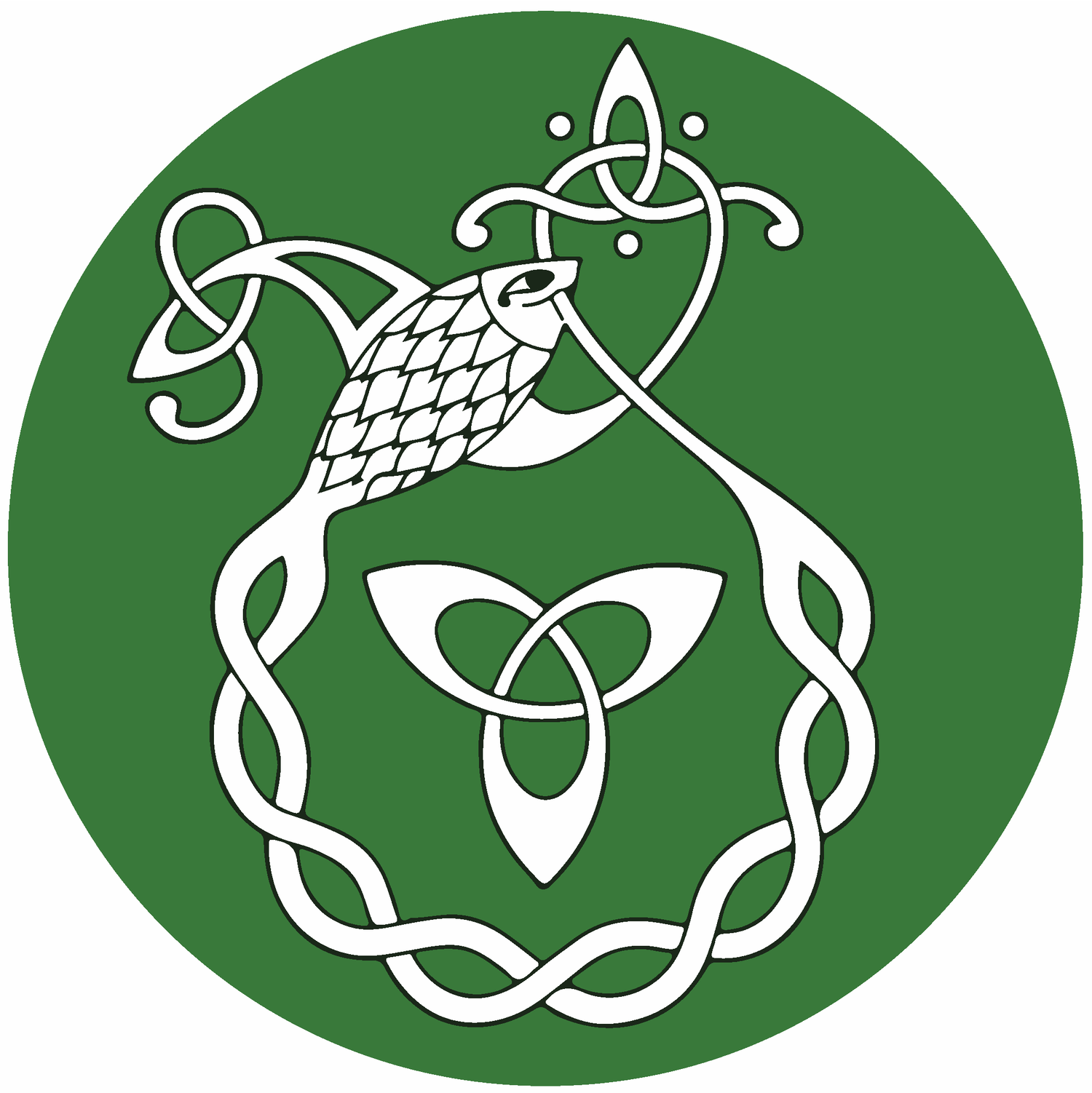“The overwhelming majority of the millions who reached Canada and the United States from Ireland in the last Century and, of course, before that, were Irish speakers on arrival, a large proportion of them being monoglot Irish speakers at that.”
- Prionsias Mac Aonghusa (1)
Explore the enduring legacy of the Irish language and its profound impact on the Canadian landscape. Once a vibrant part of Canada's multicultural fabric, the Irish language's presence has evolved over time, but never disappeared.
The Irish language is a linguistic treasure that has graced the island of Ireland for more than 2,500 years. Throughout the centuries, Irish served as the vital conduit of Irish identity, culture, and thought. It was the language of the people, the cornerstone of their traditions, and the voice of the indigenous Gaelic order. The English invasion and colonization of Ireland ushered in a period of repression that tested the resilience of Irish culture. A slow decline in prestige followed, although Irish remained the language of the majority of Irish people. The turning point arrived with the Great Famine of 1845-1852, with the brunt of deaths and emigrations artificially placed on marginalized Irish speakers. The death of so many speakers, and the deep shame and hurt that Irish-speaking refugees brought with them to places like Canada and the United States, sent shockwaves around the world and caused the near-total collapse of the language globally within a mere two generations.
The history of the Irish language in Canada unveils the remarkable resilience of a language almost lost to the currents of history, as well as the determination of those who have embraced it anew. It pays homage to the Irish diaspora in Canada, where a quarter-million Irish speakers once thrived by the late 19th century. By the 1960s the language was dormant in Canada, with no remaining community and only a handful of native speakers remaining. Yet the Irish language never truly died in Canada, and isolated speakers always remained. The few surviving Canadian compositions bring to life the stories of those who weathered linguistic suppression and chose to preserve their cultural heritage. Through a lens of both challenge and triumph, we invite you to delve into the past, consider the present, and contemplate the future of the Irish language within the Canadian mosaic.
“ When we consider the remarkable advances which are currently under way in teaching the Irish language to enthusiastic learners throughout North America, let us also remember those thousands of Irish-speaking emigrants who crossed the Atlantic in the famine and post famine years, a number of whom (such as Pádraig Feirtéir) included a bundle of their Irish manuscripts, that they had copied from older sources, among the meagre store of possessions that they carried with them.”
The absence of works by women in this collection is a notable gap, not reflective of Irish speakers' cultural traditions, where women poets were held in regard. The survival of any Irish composition in Canada is, in itself, a remarkable feat, considering the low status the language held for centuries. The remaining fragments offer glimpses into the once vibrant Irish Gaelic culture in Canada, even if many authors' identities have been lost to time. These works provide an essential window into the lives of the majority of Canada's Irish speakers, creative, illiterate, and invisible to history.
Furthermore, it is essential to acknowledge that a comprehensive understanding of the Irish language's history in Canada should encompass the perspectives of the land's original and enduring inhabitants, the Indigenous Peoples of Canada. We have highlighted works that concern the Indigenous Peoples of Canada and the Gaels’ interactions with them, but their own oral histories on this subject would undoubtedly enhance the richness and depth of this study.
For citation, please use: Ó Dubhghaill, Dónall. 2024. Na Gaeil san Áit Ró-Fhuar. Gaeltacht an Oileáin Úir: www.gaeilge.ca
Any views expressed are those of the author alone, and may not reflect the views of Cumann na Gaeltachta. Any intellectual property rights remain solely with the author. All pieces have been adapted to modern Irish orthography, to make them as accessible to Irish speakers as possible.
-
Ó Cuív, Éamon. “An Górta Mór - The Impact and Legacy of the Great Irish Famine.” Lecture. University of Toronto. St. Michael’s College, Toronto. 08 May 2009.
All other cited references, numbers, or quotations as from: Ó Dubhghaill, Dónall (Doyle, Danny). 2019. Míle Míle i gCéin: The Irish Language in Canada. 2nd Ed. Boralis Press: Ottawa.
The form “Áit Ró-Fhuar” has been used thoughout this exhibition in place of the standard “Rófhuar” in reference to the source citation
-
Ba mhaith liom baochas óm chroí a roinnt leis na haon duine a chabhraigh liom le linn mo thaighde, go háirithe san áireamh: na heagrathóirí Gaeilge agus Rann Aistriúchan na Gaeltachta - Eithne Dunbar, Siobhán Donoghue ⁊ Maighréad Moriarty; na heagarthóirí Béarla - Terre Marks and Sorcha DeFinney; Kevin Dooley, Muintir Uí Dhálaigh, the Hamilton Public Library and Bishop Farrell Archives, Library and Archives Canada, Maynooth University Library , McGill University Library, the National Library of Ireland, Parks Canada, and University College Dublin.
To maintain this exhibit as a citable resource, any changes to the content will be recorded in this log
Mar 2024 - Launch of English full text and Irish main pages. Irish editions of author pages and French editions of main and author pages to follow.











